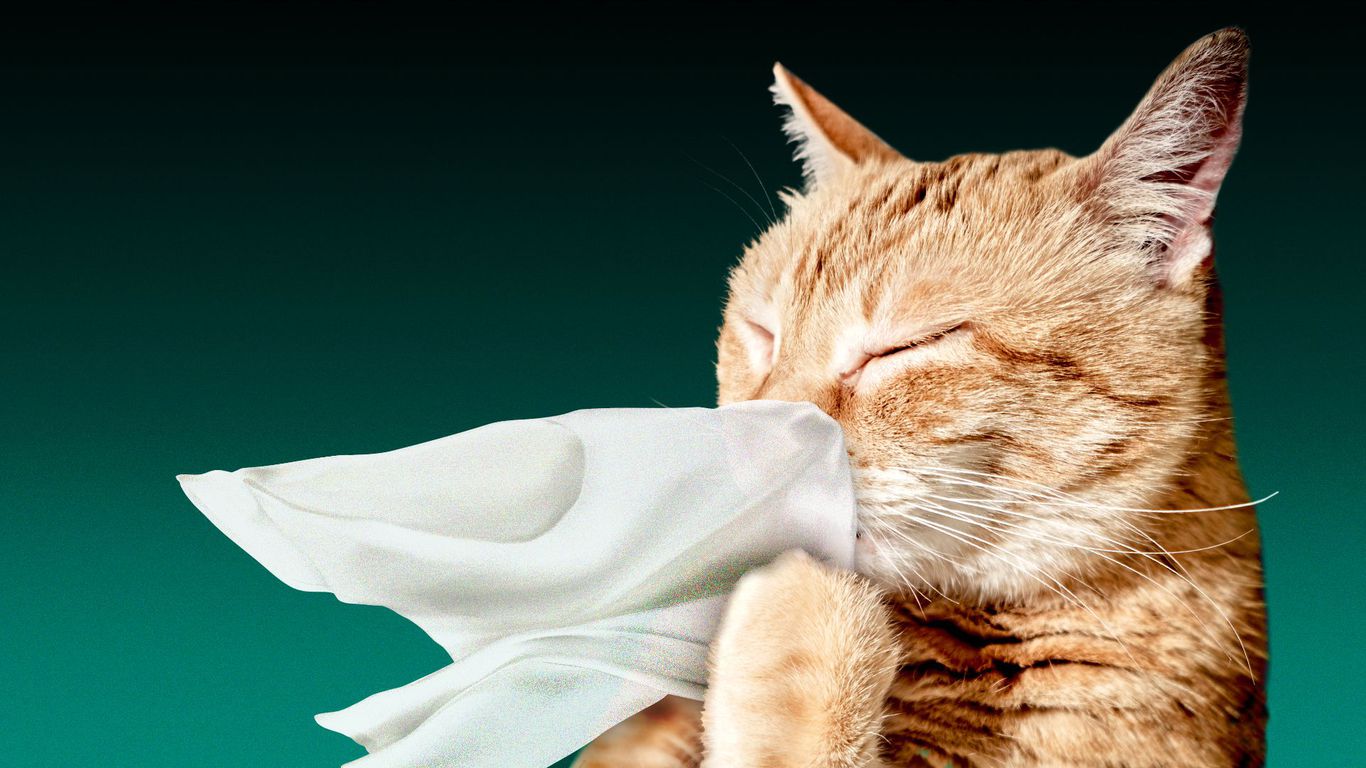

Help wanted: Mars Petcare is seeking 10,000 dogs and 10,000 cats for a biobank — an aggregation of biological samples, images and other data — that aims to improve the health of house pets by detecting maladies earlier.
Why it matters: Compared with human biobanking, animal biobanking is in its infancy. This initiative may be the largest and most ambitious so far to try to pinpoint what triggers disease in healthy pets by sifting through genomic patterns.
- “The overall aim is to improve pet care of the future and health outcomes, and to improve the health span and quality of life of our pets,” says Kay O’Donnell, vice president of the Waltham Petcare Science Institute, a division of Mars Petcare.
Driving the news: Mars Inc., the giant conglomerate that makes M&M’s and Snickers, has a division that runs chains of veterinary hospitals and makes products like Pedigree dog food and Iams cat food. That unit recently announced the new biobank and issued a call for dogs and cats in the U.S. to participate.
- Four-pawed volunteers will donate blood and fecal samples annually over 10 years — and get free vet care, genetic testing and activity trackers in return.
- Using “longitudinal physiological data from the samples collected,” the study will seek to “understand the differences between pets that are healthy as they age and pets that develop diseases,” Mars Petcare said in a press release.
- While there are other animal biobanks, “they are either targeting a specific disease or a specific breed,” O’Donnell tells Axios. “This will be the first general population cat and dog biobank,” recruiting purebreds and mutts.
Details: Mars is seeking healthy dogs and cats between the ages of 6 months and 10 years. To enroll, the animals need to be clients of certain Mars Petcare veterinary facilities, including VCA and Banfield animal hospitals.
- Over the decadelong pet study, “some of them will go on to be healthy, and some will go on to develop disease,” O’Donnell notes.
- Under the biobank’s supervision, there will be “early recognition of changes, and therefore the ability to intervene early and improve outcomes,” she said.
The big picture: Pet-loving Americans are investing more in veterinary care and seeking more genetic information about their housemates — buying DNA kits to learn about their ancestry and medical issues, for example.
- At the same time, advances in microbiome research and personalized medicine are helping doctors and scientists detect and treat disorders sooner and more effectively — in both humans and animals.
Meanwhile, the animal biobanking world is getting more organized and sophisticated.
- A consortium of veterinary schools that run biobanks formed in 2014 to work in partnership with medical schools on research.
- Among animal biobanks, “a great deal of them are investing in really amazing hypotheses,” said Marta Castelhano, director of the Cornell Veterinary Biobank (which became the first biobank in the world to receive accreditation, in 2019).
Some interesting examples:
Between the lines: As animal biobanks accumulate specimens, they’re “enhancing the potential of those samples to translate into research innovation — for the sake of the animals and humans,” Castelhano told Axios.
What’s next: The more samples that Mars Petcare can gather and analyze, the more insights it will glean over time — particularly into rarer diseases that smaller studies with fewer specimens can’t fully capture.
- “Our estimate is that from Year 3 to 4 onwards we will have critical mass,” O’Donnell says. “We’ll be able to describe populations and release genome sequences into the public domain ahead of that.”